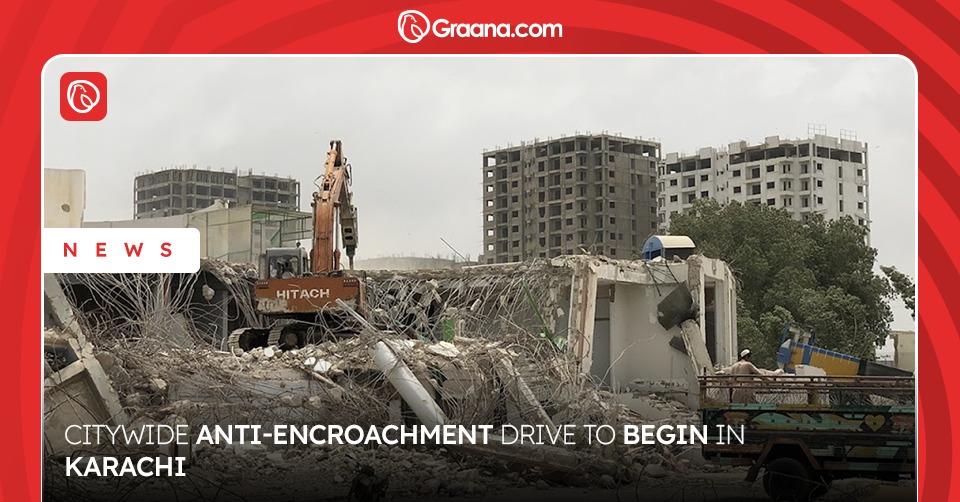As Milan’s real estate boom starts to stabilize, investors are increasingly looking toward Rome as the next major property investment destination. Historically overshadowed by Milan, which has been Italy’s top investment hub, Rome is now gaining traction due to its relatively lower property prices, ongoing urban improvements, and new investment opportunities.
Shift from Milan to Rome
Milan has long been the focal point for international and domestic real estate investors. Over the past decade, it has undergone rapid modernization, with large-scale commercial projects, improved infrastructure, and a surge in property values. However, as Milan’s market matures and prices reach their peak, investors are turning their attention to Rome, where real estate remains comparatively affordable and urban development initiatives are increasing the city’s attractiveness.
One such investor is Italian architect Giuseppe Pezzano, who recently decided to set up a second home and studio in Rome. His move reflects a broader trend among investors and developers who now see Rome as an ideal place to invest.
Rome’s Growing Share in Real Estate Investments
In 2024, Rome accounted for 17% of all professional real estate investments in Italy—a significant increase compared to previous years. This surge is driven by multiple factors, including new zoning regulations, increased public spending, and upcoming events such as the Holy Year in 2025, which is expected to bring millions of tourists and pilgrims to the city.
Attractive Pricing Compared to Other European Cities
Rome’s real estate market remains more affordable than Milan’s and is also relatively cheaper than other Southern European capitals such as Madrid, Barcelona, and Lisbon. This affordability makes it a lucrative option for investors looking for long-term capital appreciation.
Global investment firms have already started capitalizing on these opportunities. U.S.-based real estate firm Hines and the Czech-owned CPI Property Group are among the international players expanding their presence in Rome. Their interest is fueled by the city’s ongoing modernization and its push to make bureaucratic processes more efficient for real estate development.
Urban Planning and Infrastructure Improvements
One of the main deterrents to real estate investment in Rome in the past has been its outdated infrastructure, inefficient public transport system, and bureaucratic hurdles. However, recent efforts to modernize the city are helping change this perception.
Rome’s updated town planning laws have made it easier for investors and developers to obtain permits and approvals. Additionally, significant public and private investments are being directed toward improving the city’s infrastructure, including roadways, public transport, and waste management.
The local government is also taking steps to ensure that the city benefits from this wave of investments without facing the gentrification challenges that Milan has encountered. By balancing modernization Swith historical preservation, Rome aims to attract global capital while maintaining its cultural identity.




